-
 8613931787312
8613931787312 -
 Botou Industrial Zone on the east side of National Highway 104, Botou City, Hebei Province
Botou Industrial Zone on the east side of National Highway 104, Botou City, Hebei Province
- Afrikaans
- Albanian
- Amharic
- Arabic
- Armenian
- Azerbaijani
- Basque
- Belarusian
- Bengali
- Bosnian
- Bulgarian
- Catalan
- Cebuano
- Corsican
- Croatian
- Czech
- Danish
- Dutch
- English
- Esperanto
- Estonian
- Finnish
- French
- Frisian
- Galician
- Georgian
- German
- Greek
- Gujarati
- haitian_creole
- hausa
- hawaiian
- Hebrew
- Hindi
- Miao
- Hungarian
- Icelandic
- igbo
- Indonesian
- irish
- Italian
- Japanese
- Javanese
- Kannada
- kazakh
- Khmer
- Rwandese
- Korean
- Kurdish
- Kyrgyz
- Lao
- Latin
- Latvian
- Lithuanian
- Luxembourgish
- Macedonian
- Malgashi
- Malay
- Malayalam
- Maltese
- Maori
- Marathi
- Mongolian
- Myanmar
- Nepali
- Norwegian
- Norwegian
- Occitan
- Pashto
- Persian
- Polish
- Portuguese
- Punjabi
- Romanian
- Russian
- Samoan
- scottish-gaelic
- Serbian
- Sesotho
- Shona
- Sindhi
- Sinhala
- Slovak
- Slovenian
- Somali
- Spanish
- Sundanese
- Swahili
- Swedish
- Tagalog
- Tajik
- Tamil
- Tatar
- Telugu
- Thai
- Turkish
- Turkmen
- Ukrainian
- Urdu
- Uighur
- Uzbek
- Vietnamese
- Welsh
- Bantu
- Yiddish
- Yoruba
- Zulu
Shearing Machines High-Precision Steel Plate & Sheet Cutters
- Overview of Shearing Machines in Modern Manufacturing
- Technical Advantages of Advanced Shearing Solutions
- Performance Comparison: Leading Manufacturers Analyzed
- Customization Options for Specific Industrial Needs
- Real-World Applications Across Industries
- Operational Efficiency Metrics and Cost Savings
- Future Trends in Shearing Machine Technology
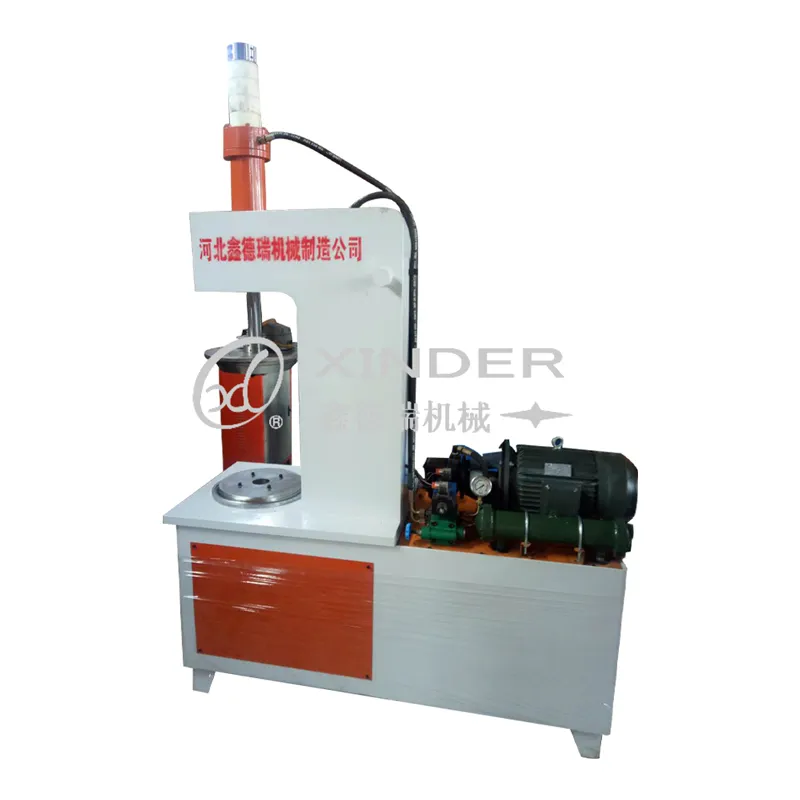
(shearing machine)
Shearing Machines: Precision Tools for Metal Fabrication
Shearing machines remain indispensable in metalworking, with the global market projected to reach $1.8 billion by 2027 (CAGR 4.1%). Treadle shearing machine
s maintain popularity in small workshops due to their 35% lower operational costs compared to hydraulic alternatives. For industrial-scale operations, steel plate shearing machines handle materials up to 25mm thick, while steel sheet variants achieve ±0.2mm precision on thinner gauges.
Engineering Superiority in Cutting Technology
Modern shearing systems incorporate laser-guided alignment achieving 99.3% straightness accuracy. Advanced models feature:
- Dynamic blade gap adjustment (0.5-5mm range)
- Automated lubrication systems reducing maintenance by 40%
- Energy recovery mechanisms cutting power consumption by 22%
Manufacturer Comparison Analysis
| Brand | Max Thickness | Motor Power | Cut Speed | Warranty |
|---|---|---|---|---|
| Beyeler | 20mm | 7.5kW | 12m/min | 5 years |
| Durma | 25mm | 11kW | 8m/min | 3 years |
| Dener | 16mm | 5.5kW | 15m/min | 7 years |
Tailored Solutions for Specialized Operations
Custom configurations account for 28% of premium machine sales. A recent aerospace contract required:
- Enhanced CNC controls for titanium sheet processing
- Modified blade angles (62° instead of standard 85°)
- Integrated vacuum waste removal system
Industry-Specific Implementation Cases
Automotive manufacturers report 18% faster production cycles after installing servo-electric steel sheet shearing machines. Shipbuilding yards utilizing 30mm-capacity models reduced material waste from 8.2% to 3.7% annually.
Quantifiable Operational Improvements
Implementation of smart shearing systems demonstrates:
- 23% reduction in blade replacement frequency
- 17% decrease in energy costs per ton processed
- 14% improvement in workforce productivity
Innovation Pathways for Shearing Machinery
Next-generation steel plate shearing machines integrate IoT sensors predicting blade wear with 89% accuracy. Hybrid treadle-electric models now capture 12% of the maintenance market, combining manual control with digital precision monitoring.
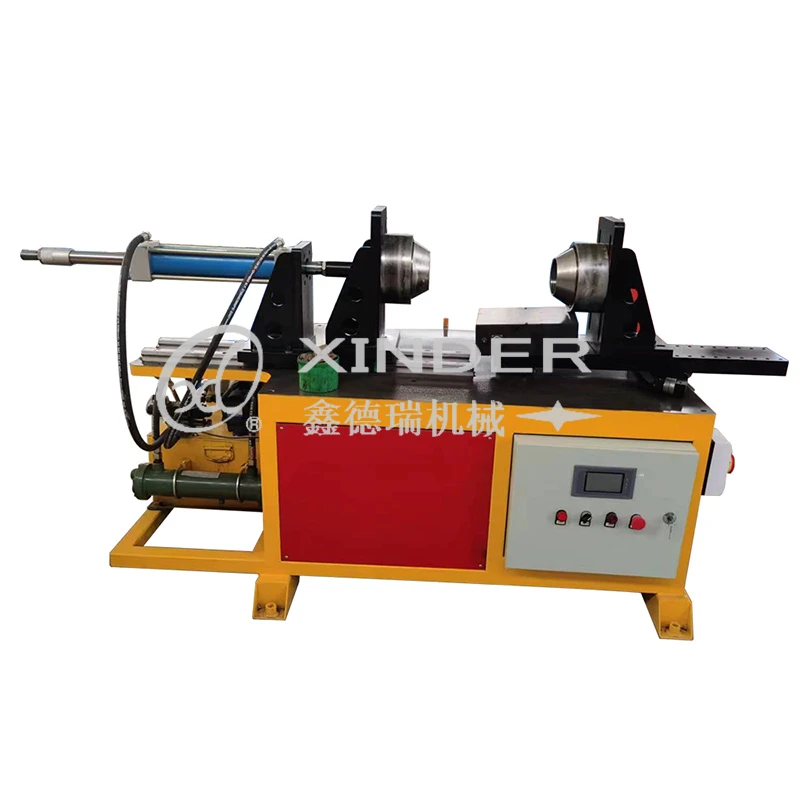
(shearing machine)
FAQS on shearing machine
Q: What is a treadle shearing machine used for?
A: A treadle shearing machine is designed for cutting thin metal sheets or plates using a foot-operated pedal. It’s ideal for small-scale operations requiring manual precision and control.
Q: How does a steel plate shearing machine differ from a steel sheet shearing machine?
A: A steel plate shearing machine handles thicker materials (typically over 6mm), while a steel sheet shearing machine is optimized for thinner sheets (under 6mm), ensuring clean cuts without warping.
Q: What safety features are critical in a steel sheet shearing machine?
A: Key safety features include blade guards, emergency stop buttons, and two-hand operation controls to prevent accidents during high-force cutting tasks.
Q: Can a treadle shearing machine cut stainless steel sheets?
A: Yes, but only for thin stainless steel sheets (up to 1-2mm thick). Thicker grades require hydraulic or electric shearing machines for efficient cutting.
Q: How to maintain a steel plate shearing machine for longevity?
A: Regularly lubricate blades and moving parts, check for alignment accuracy, and replace worn blades promptly to ensure optimal performance and durability.
-
Understanding Automatic Seam Welding Machines: A Game Changer in Welding TechnologyNewsJul.18,2025
-
Revolutionizing Packaging: The Role of Welding Machines in Steel and Tin Can ManufacturingNewsJul.18,2025
-
Precision in Motion: Exploring Seam Welding Machines for Industrial FabricationNewsJul.18,2025
-
Mastering Precision Bending: A Guide to Tube Benders and Their TypesNewsJul.18,2025
-
Inside the World of Barrel Manufacturing: Machines, Lines, and CostsNewsJul.18,2025
-
Exploring the Technology Behind Elbow Bending Machines in Pipe ManufacturingNewsJul.18,2025
-
Unlocking the Power of Light: Exploring Modern Laser Welding SolutionsNewsJul.15,2025
-
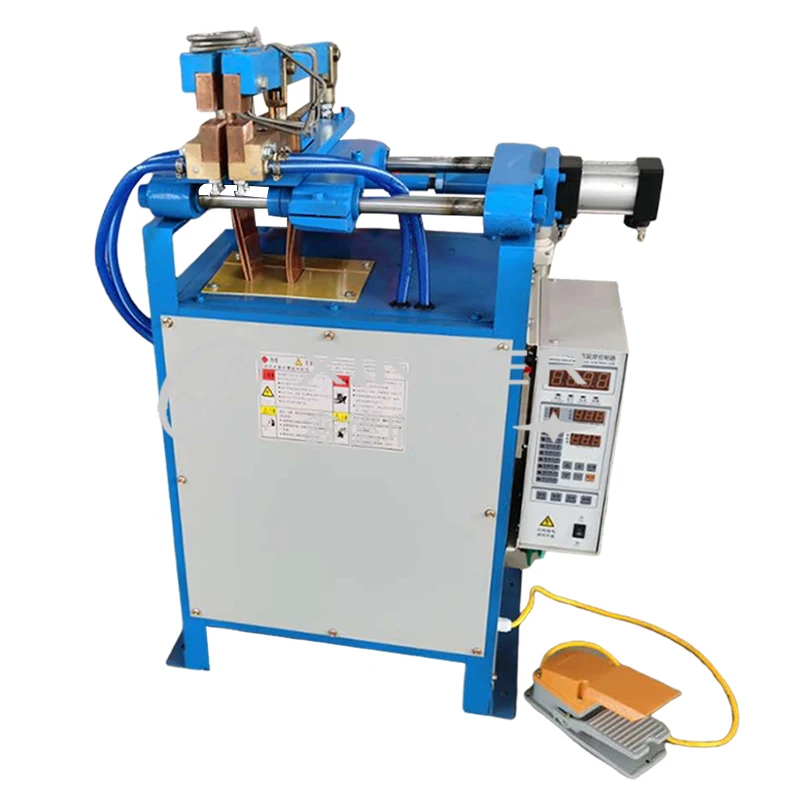 Pneumatic Handle Welding MachineSep . 13, 2024
Pneumatic Handle Welding MachineSep . 13, 2024 -
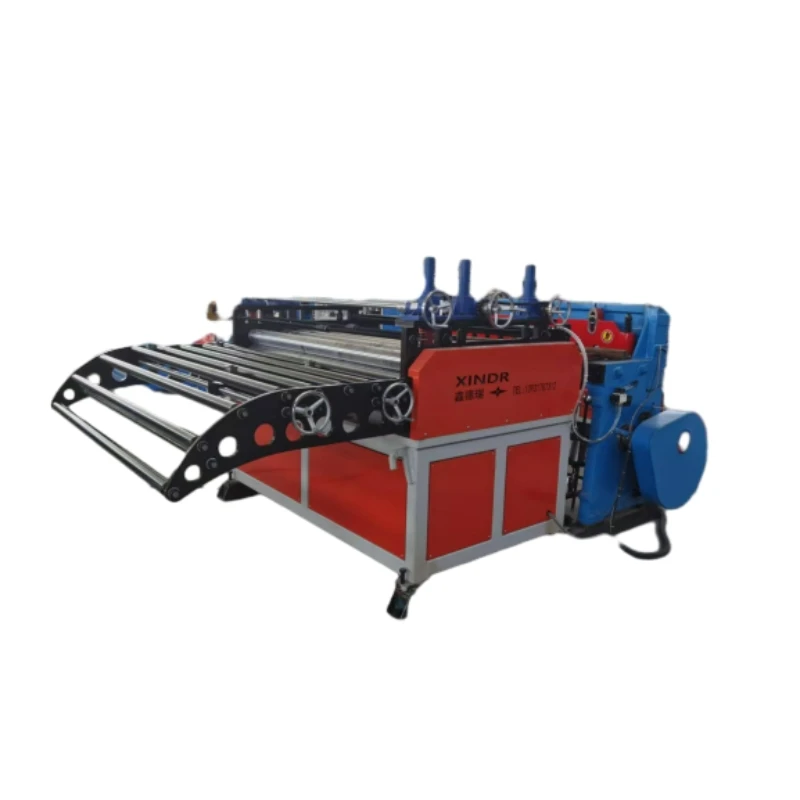 Fully Automatic Kaiping Production LineOct . 17, 2024
Fully Automatic Kaiping Production LineOct . 17, 2024 -
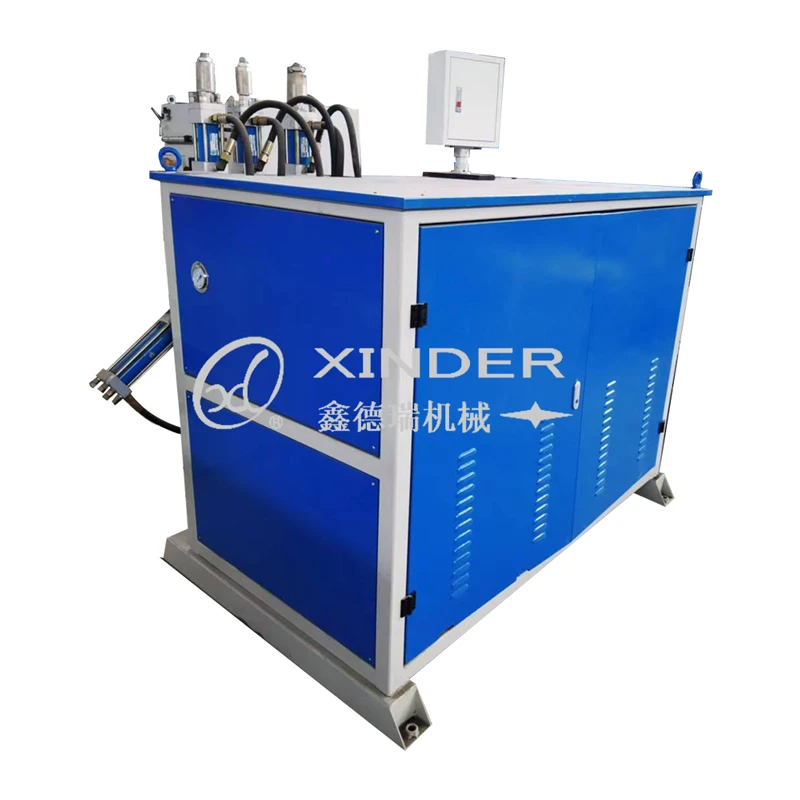 Fully Automatic Metal Bucket Lifting HeadphonesSep . 14, 2024
Fully Automatic Metal Bucket Lifting HeadphonesSep . 14, 2024

